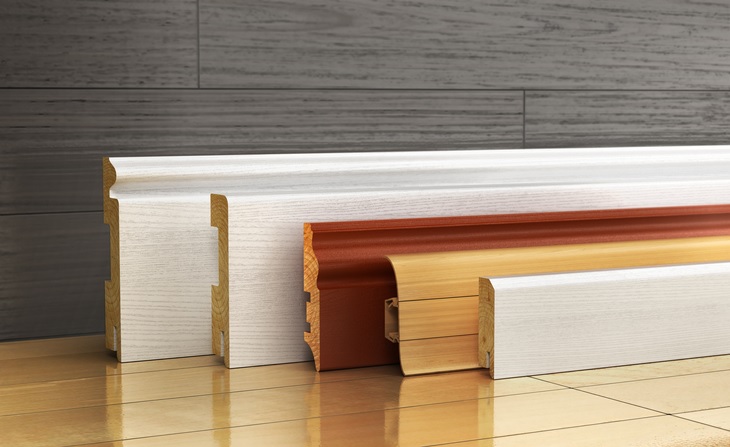In the realm of interior design, every detail counts. skirting and architrave, though often overlooked, play critical roles in both the aesthetics and functionality of a space. They are the unsung heroes, seamlessly bridging the gap between your walls and floors, adding both style and protection. In this exploration, we'll uncover the importance of these architectural features and provide insight into how they can transform any room.
History of Skirting Boards and Architraves
To understand the value of skirting boards and architraves, one must first look back at their historical significance. Both have ancient origins, with architraves tracing back to classical Greek and Roman architecture, and skirting boards appearing as far back as the Italian Renaissance. Throughout history, these features have served to highlight the symmetry and structure of a room.
In contemporary design, skirting boards and architraves continue to be vital elements. They not only provide a decorative finish but also serve practical purposes such as protection against scuffs and damage from furniture and foot traffic. They also hide gaps left between the floor and wall due to imperfect installation or home settling. Understanding and appreciating their roots can guide our application of these features in modern spaces.
Pairing Style with Substance
Often, when people think of home renovations or interior design, they immediately focus on paint color, furniture, and décor. However, it’s the smaller, less conspicuous elements like skirting boards and architraves that can make or break the overall aesthetic. With a vast array of styles, sizes, and materials available, these components offer an opportunity to harmonize the entire room.

For instance, a traditional interior might benefit from the ornate detailing of Victorian skirting boards, while a contemporary space could be enhanced by sleek, unadorned architraves. When considering these additions, it's essential to view them as extensions of your overall design concept. By blending these elements seamlessly, you can achieve a sense of continuity and refinement that elevates the space.
The Role of Functionality in Design
Aesthetics aside, skirting boards and architraves are also highly functional. Skirting boards, also known as baseboards in some regions, help to prevent damage to walls, particularly in areas where cleaning and maintenance are regular, such as kitchens or bathrooms. They also provide a joint to conceal cables or irregularities in the plaster.
Architraves serve a similar purpose by covering the joint where a door or window meets the wall. They can be used to enhance the proportions of a room and create a sense of grandeur. Both skirting boards and architraves are designed to protect and serve, but it’s their ability to do so unobtrusively that makes them such essential features in any space.
Conclusion
It's evident that skirting boards and architraves are more than just finishing touches in interior design. They are elements that should be planned and appreciated for their dual purposes—enhancing aesthetics and serving a functional role. Whether you're updating an existing space or designing a new one, the selection and application of these features will significantly impact the overall look and feel of your home.
By recognizing their value, architects, designers, and homeowners can ensure that skirting boards and architraves are given the attention they deserve. When combined with a thoughtful design approach, these elements can contribute to creating a harmonious and visually appealing environment. Don’t overlook the details—embrace them, and watch as your space transforms from ordinary to extraordinary.